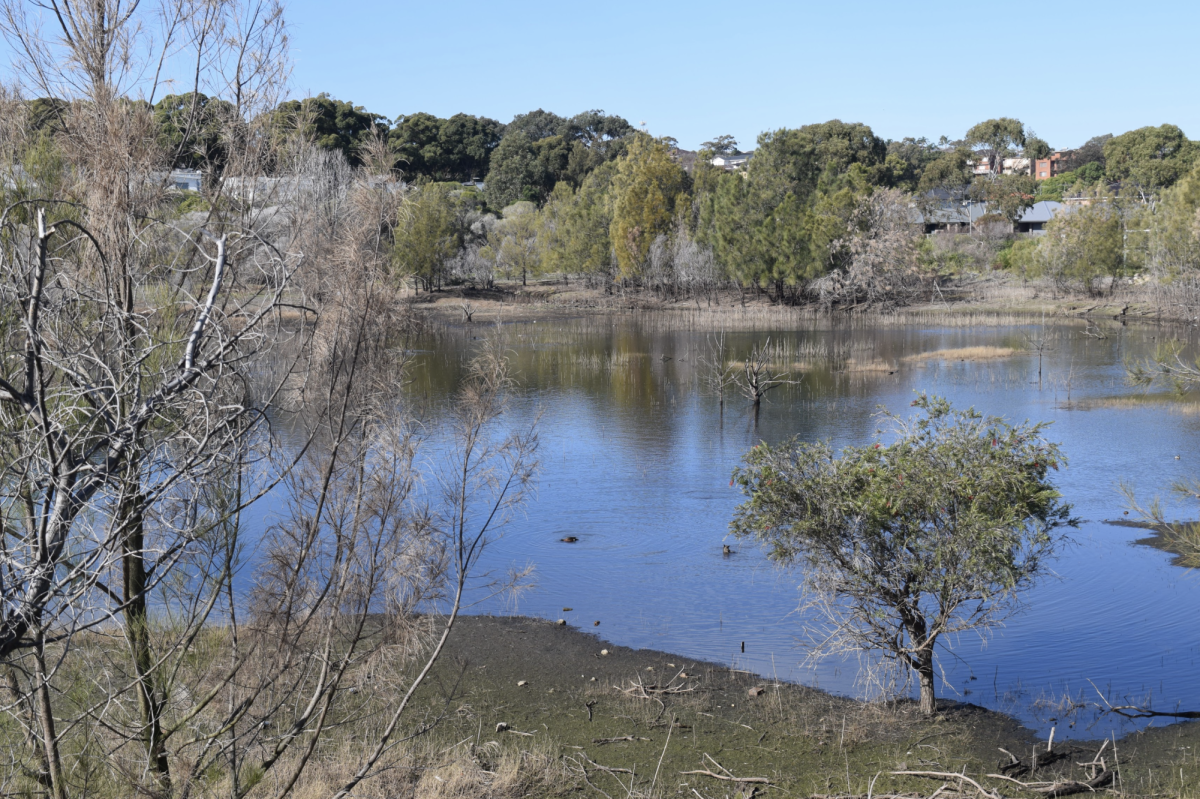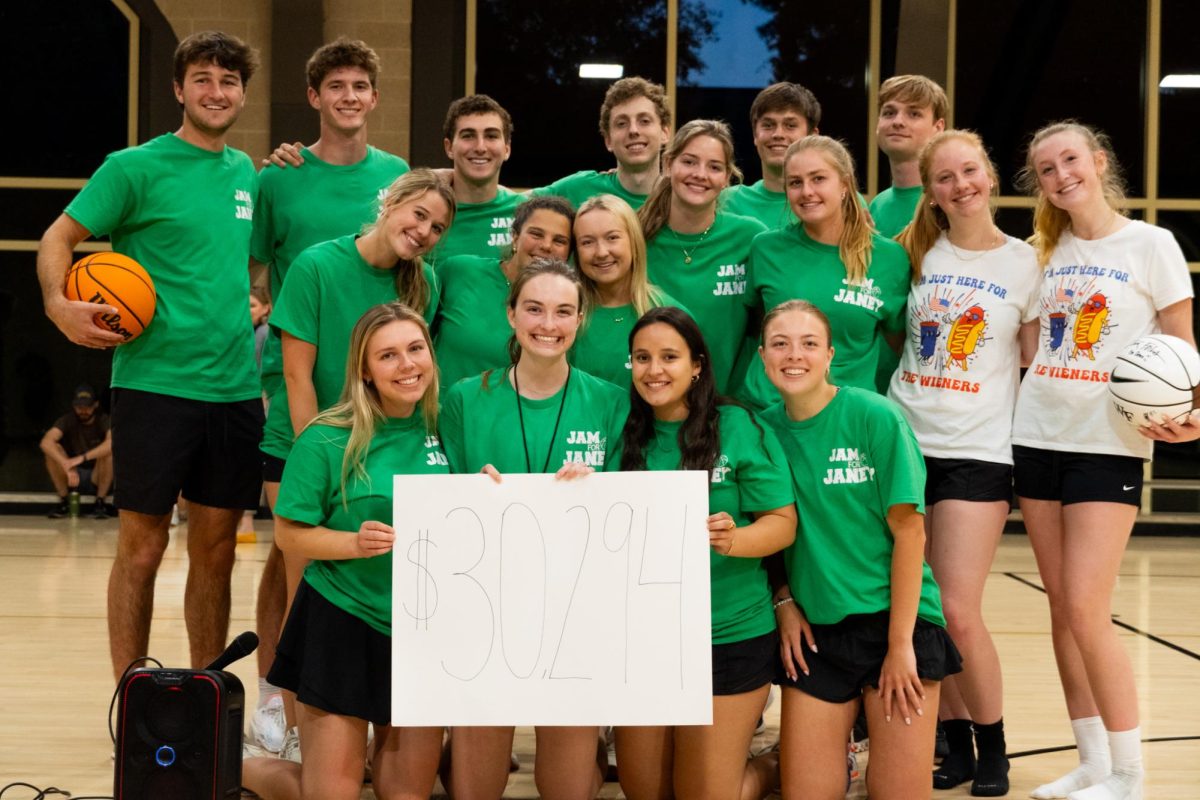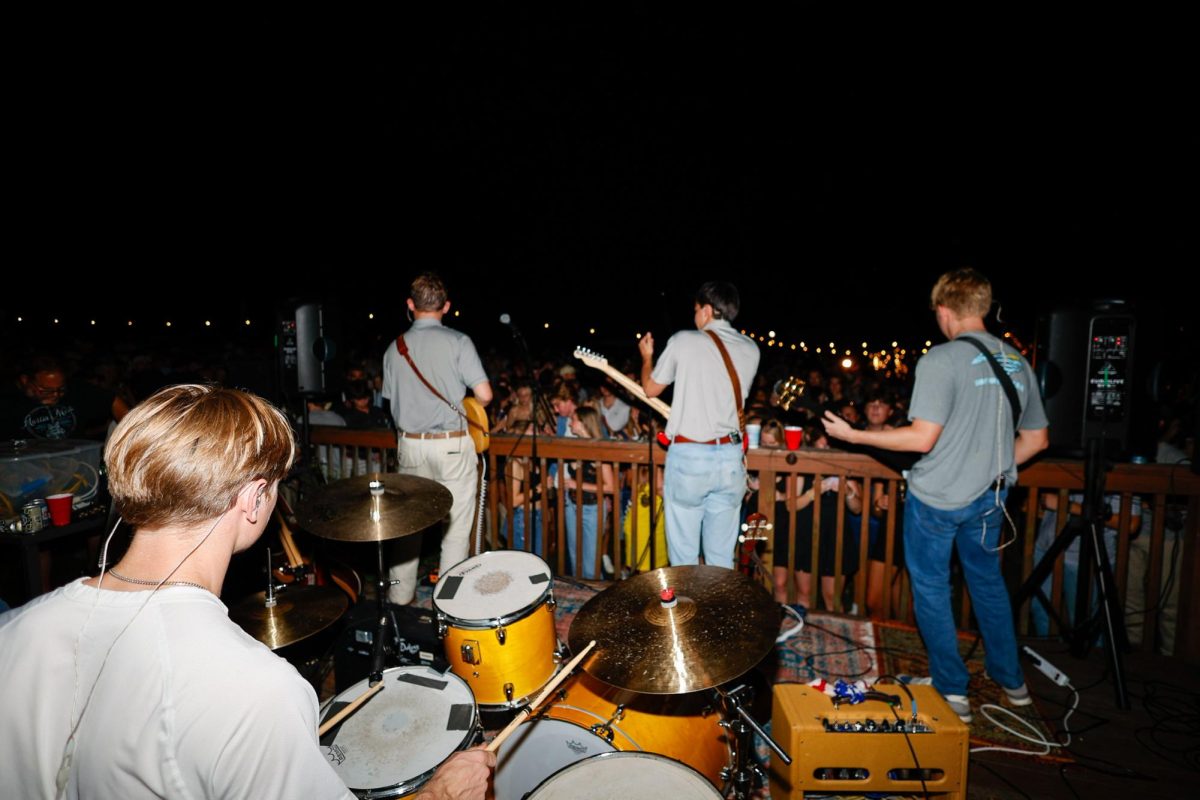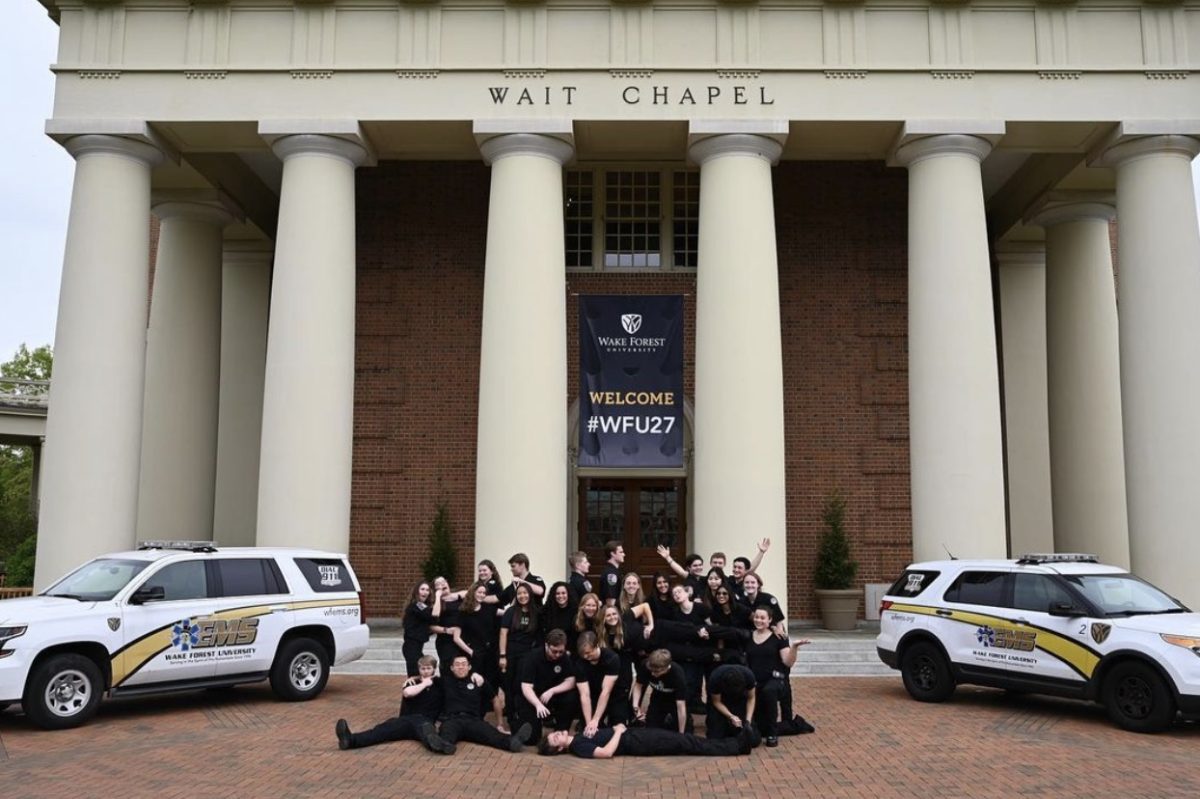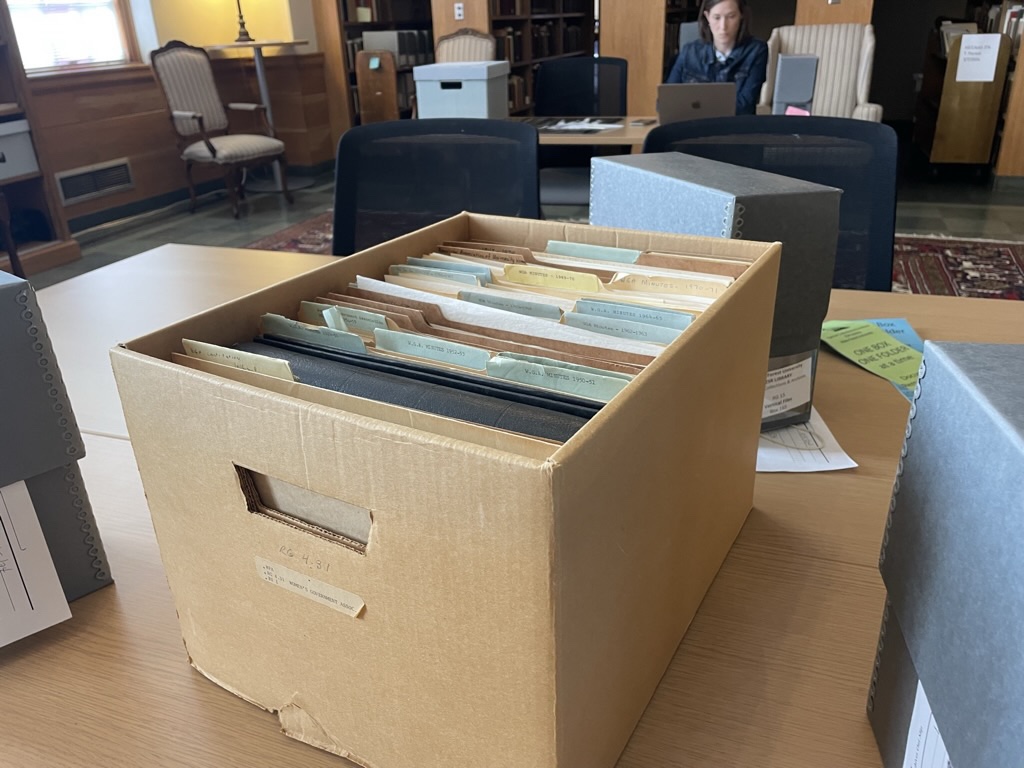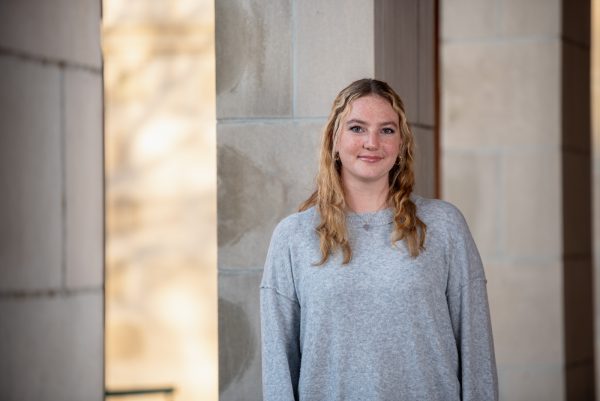The Pacific Ocean stretches endlessly toward the horizon, its surface glimmering as sunlight dances atop the cobalt waves. Where the sea meets the southeastern coast of Australia, foam gathers along the rocky shoreline, speckled with grains of sand and strands of seaweed swept from the ocean floor. Close to two and a half centuries ago — in 1788 — this was the land on which the First Fleet of European colonizers set their sights, declaring their ownership of Botany Bay.
This land was not unoccupied. On the contrary, this land — and the rest of the continent of Australia — was part of Country, a First Nations, or Indigenous, term encompassing the lands, waters and skies, and the deep-seated relationships forged within them.
Centuries later — in 2023 — Country still possesses the same intrinsic value that it did when the first colonizers, who brought death and destruction to both First Nations people and their land, arrived. However, in the face of the climate crisis and the wake of colonialism’s violent legacy, officials and governments are turning to First Nations individuals for solutions to contemporary environmental threats.
“Speaking from an Indigenous perspective, we don’t necessarily attribute [environmental] changes to a particular event,” said Principal Program Officer for the Queensland Indigenous Land and Sea Ranger Program Buddy Ahmet in an interview with the Old Gold & Black. “We see changes and sometimes we ask the question, ‘What is it related to?’ Western science and Indigenous science go hand-in-hand and need to work side-by-side to come up with answers.”
The Queensland Indigenous Land and Sea Ranger Program is a governmental initiative to incorporate First Nations leadership and expertise into land and sea management strategies across the state. The partnership began in 2007 and offers grant funding, training, networking and support to participating First Nations communities.
This initiative is not unique to Queensland. Each of the other five Australian states — Western Australia, Northern Territory, South Australia, New South Wales and Victoria — all support their own iteration of this program. While separately governed by their respective states, they share a common appreciation for First Nations knowledge and culture regarding Country.
One part of this culture is the strong tradition of oral history among First Nations communities, which enhances the understanding of Country and the processes through which to best manage it. This form of narrative sharing existed far before European documentation of history and relies heavily on generational storytelling — whose importance Ahmet emphasized.
“Because we keep everything prior to the advent of Western ways of keeping records, Indigenous people just carried it in their heads,” Ahmet said. “If that knowledge isn’t passed on, younger generations won’t notice these changes.”
Community-Driven Impact
Across Australia, Indigenous ranger programs do not represent the only efforts to include First Nations voices in the conversation surrounding environmental degradation. Other community-based organizations, including those affiliated with local governments and councils, have stressed the need for First Nations participation in conservation, education and land management.
“What we’re really keen to do — and have been for years — is empower our community,” said Manager for Sustainability at Randwick City Council in the greater Sydney area Peter Maganov.
As Maganov described, this empowerment is directed at all members of the Sydney community, but particularly those within First Nations groups who have historically been excluded from policy and decision-making processes.
“We have five or six different community committees on a range of things — seniors, children, kids, families — [and] we have an Indigenous one,” Maganov said. “And I think we aim to try and get the representation, but we don’t always get a solid representation.”
The challenges associated with achieving First Nations representation are not deterrents for the Randwick City Council or other groups seeking diverse engagement. In fact, this desire for more inclusivity has inspired further efforts to encourage participation from traditional owners and custodians of the land.
“There has been a real cultural shift … where we also have had a real increase in the number of Indigenous Land and Sea Ranger Programs,” said Manager of World Heritage Connections at the Wet Tropics Management Authority in Cairns, Queensland Saskia Salmeron-Rodriguez.
Salmeron-Rodriguez further underscored the importance of consulting directly with First Nations communities and individuals.
“We need to engage more with our First Nations people,” Salmeron-Rodriguez said. “Sometimes they get pushed to the backroom and are not being heard, and sometimes they get frustrated.”
The Wet Tropics Management Authority, jointly-founded by the Australian and Queensland governments, is dedicated to rehabilitating and conserving the Wet Tropics of Queensland World Heritage Area. As Salmeron-Rodriguez noted, First Nations insight is integral in accomplishing this objective, especially since each individual group of First Nations peoples have their own environmental knowledge based on their region and culture.
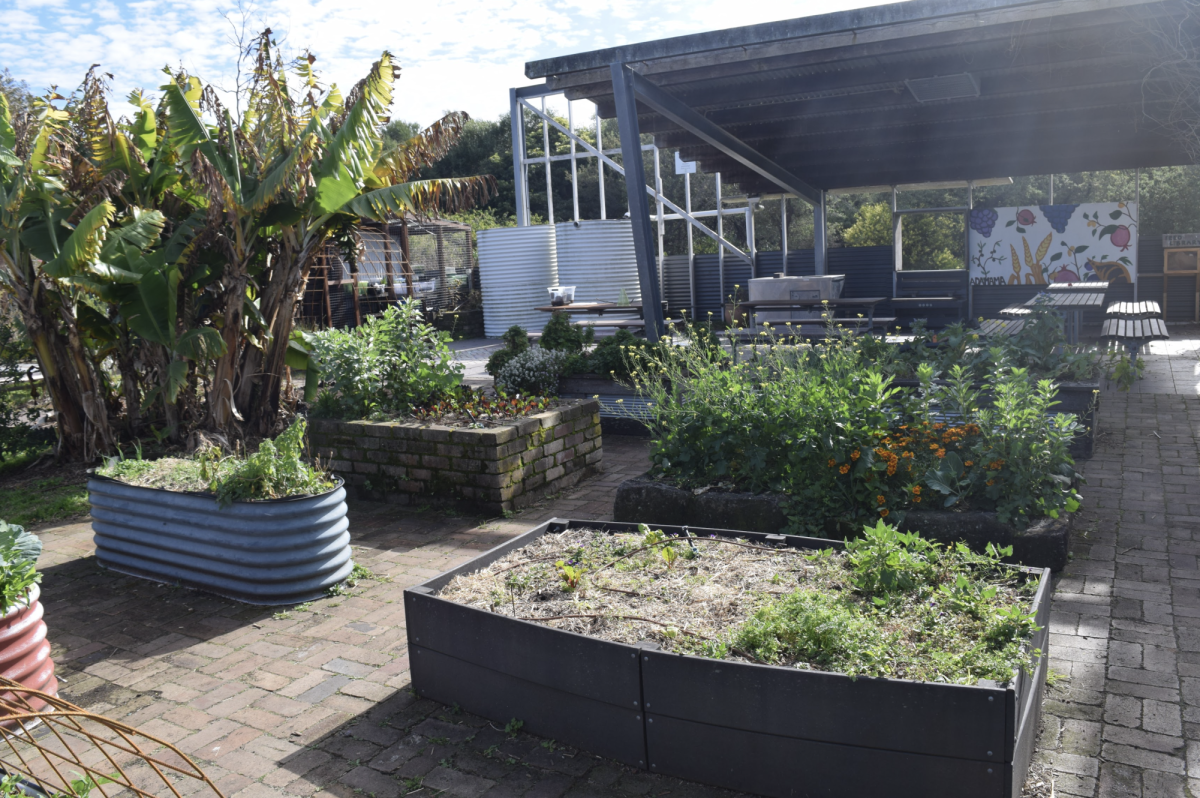
“There’s got to be a real acknowledgement in the role that Rainforest Aboriginal people have…and how valuable Traditional Ecological Knowledge (TEK) is and not to be dismissive of this… [but] to respect it,” Salmeron-Rodriguez said. “It wouldn’t be ‘World Heritage’ if it wasn’t managed so well for thousands and thousands of years.”
Both Principal Project Officer at the Wet Tropics Management Authority Alicia Haines and Salmeron-Rodriguez expressed the historical success of utilizing TEK to manage lands and resources, prior to and after the advent of colonialism in Australia. As Salmeron-Rodriguez mentioned, this is indicative of the vast wealth of knowledge that First Nations communities possess, but that is often overlooked and cast in the shadow of Western science.
“We’ve got this Western science, but…there’s a changing mindset at the moment,” Salmeron-Rodriguez said. “But we’ve still got a very long way to go.”
Other individuals within the field also underscored the importance of TEK to First Nations and Australian citizens. Hannah Binge, a member of the University of Sydney’s Native Grains research team — a group dedicated to cultivating native grains previously grown by First Nations people — highlighted the value that First Nations’ environmental contributions have made across history. Despite this, Binge cautioned against the appropriation of this knowledge.
“Since this knowledge has come from our Ancestors — and I don’t think Native Grains would be looked into like it is at the moment if [First Nations people] didn’t know it was food,” Binge said. “I feel like [First Nations groups] should have more of an ownership over it, so that other people aren’t just picking it up and treating it like a commodity.”
Confronting Challenges
Consistent with the vast majority of sociopolitical issues plaguing the world today, challenges to seeking and enacting solutions in Australia are many. Obstacles impeding efforts to grow Indigenous Land and Sea Ranger Programs and similar initiatives readily appear, including the difficulty in obtaining funding and support.
“In order for these programs to work, funding needs to be ongoing,” Ahmet said. “And I think that’s the biggest problem with a lot of things that happen these days.”
Moreover, experts acknowledged that the ethos behind diversity and inclusion efforts has to be genuine and intentional. Will McDonald, a sustainability official at the Cairns Regional Council voiced the necessity for authentic engagement as opposed to incorporating First Nations voices solely to fulfill mandated requirements.
“A lot of times… consultation is done as a ‘box-ticking exercise,’ and then they just do whatever they want afterwards,” McDonald said generally of efforts include First Nations peoples in sustainability initiatives. “Engaging with First Nations groups for solutions is ideally going to be the actual influence in the plans that have developed.” (Editor’s Note: Will McDonald spoke to the Old Gold & Black in his personal capacity as someone who has studied this topic. His quote does not necessarily reflect the views of the Cairns Regional Council).
This problem is not localized just to Cairns, or even to all of Queensland. In Sydney, Maganov conveyed the barriers in generating comprehensive support when relying on volunteers and other unpaid employees.
“Sometimes the same people, like any volunteer group, are trying to stretch themselves too thinly,” Maganov said. “So you don’t always either hear that full community view or engage with the wider community, as well. And I think we need to make those connections so they trust that we were listening and that we want to work on issues that are relevant to them and change things.”
Maganov continued: “Considering what the views were, we’re developing a new resilience framework. And the top of the list is really to make sure that we work with and involve our First Nations community in that whole process, as well.”
A First Nations Voice
Including First Nations communities in decision-making processes does not only serve to better the future of sustainability and climate resilience in Australia. On a more profound scale, many believe that modern efforts to incorporate Aboriginal and Torres Strait Islander perspectives into questions surrounding land management, climate impacts and mitigation attempts are the first step to confronting the history of epistemic violence and brutality that First Nations peoples faced at the hands of European colonizers.
“It’s reinforcing a sense of identity for some of us; some of us might not feel like we need it, you know, we’re all different people with different views,” Binge said. “With everything that happened here — our peoples getting moved on the missions, we weren’t allowed to speak our own language and practice our own culture because they were trying to assimilate us.”
Binge continued: “There were policies in place — a lot of fear, because they used to take the kids… so some of our people ended up following those rules. So for some people it’s like, ‘I haven’t had the opportunity to learn anything about my culture; I don’t know how to speak my language. I know that my ancestors used to live in this country, but for Aboriginal people, what makes us Aboriginal?’”
Binge is not the only one posing this question. In recent years, a greater nation-wide scrutiny of Australia’s colonial history and its implications has led to national reconciliation efforts. On Oct. 14, 2023, Australians had the opportunity to vote in the Voice Referendum, a decision to change the Constitution and establish a legislative body called the Aboriginal and Torres Strait Islander Voice. However, all six states voted “no,” leading to a unanimous rejection of the referendum and a disappointing loss for many.
“I still think we’ve got a long way to go,” Maganov said. “But, you know, it’s beyond just a conceptual minority view to how do we integrate [First Nations voices] into our policies, our plans, our strategies and our planning instruments.”
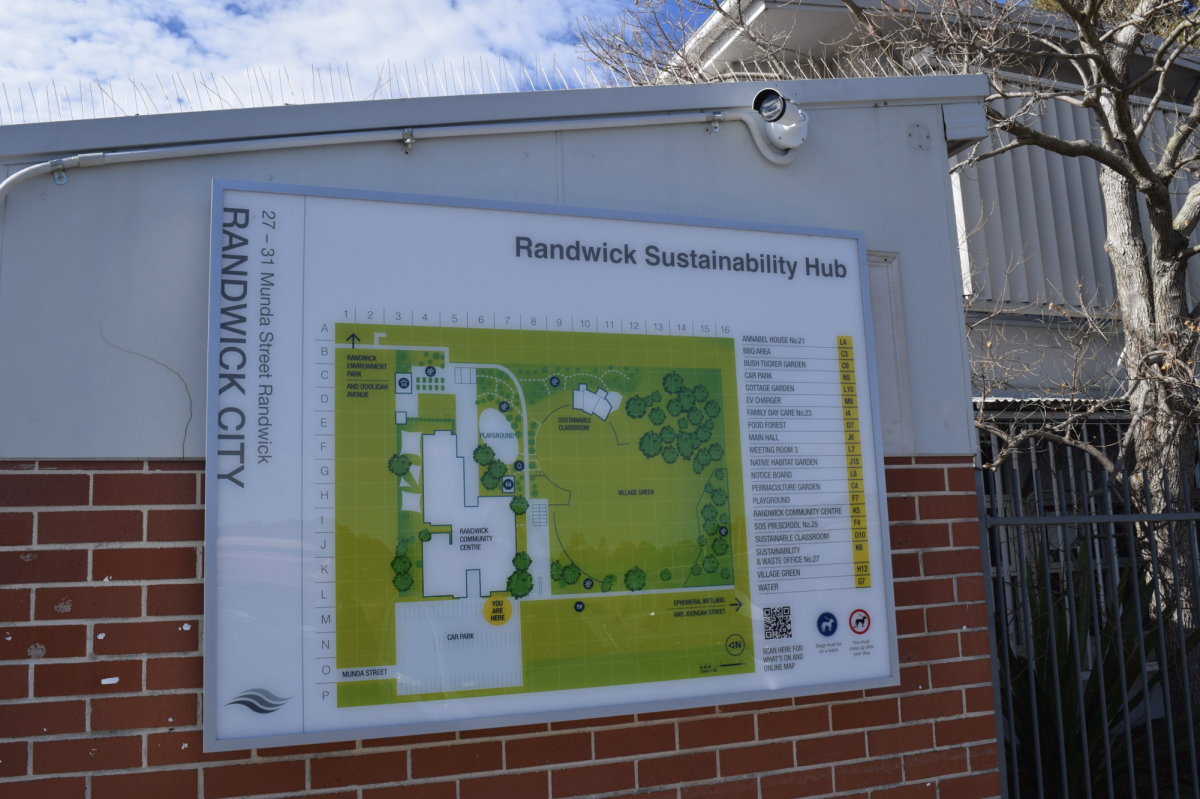
The Future of Australia; The Future of the World
For now, the future of environmental resilience and social equality is just as elusive as the whitecaps that disappear beneath the surf along the Australian coast. However, one thing that is not evading Australians in their fight for a more just transition to sustainable practices are the values of community and optimism.
“We do try and localize what we’re doing,” Maganov said. “And we also try to stay positive and constructive because there’s no point over-amplifying all the doom and gloom that [communities] hear. So we know it’s going to affect us. There’s a new approach or buzzword that’s come out now, which is resilience.”
Now more than ever, Maganov is urging residents to lean on each other. In his work, he stresses the promise of connection and understanding as a tool for progress.
“The most important thing we think people need to do is know their neighbor. So that, when these events might happen down the track, they’re supporting each other,” Maganov said. “Because the reality probably will be that even councils may not be able to get out on the ground and help them from some of these shocks or major storm events and things that are likely to happen.”
In Australia, neighbors — whether First Nations or not — are coming together in the existential battle against the climate crisis. Many, though, still fear the consequences of continuing to circumvent change until the situation becomes irrevocable and irreconcilable.
“It takes drastic — or quite severe — events for people to sit up and take note and say, ‘Something’s happening,’” Ahmet said. “That’s the biggest issue for me with trying to address climate change… it’s like applying a band aid to it while festering a wound.”
Update Nov. 13: This article has been updated to fix a typographical error and include an editor’s note regarding a quote in the story.


